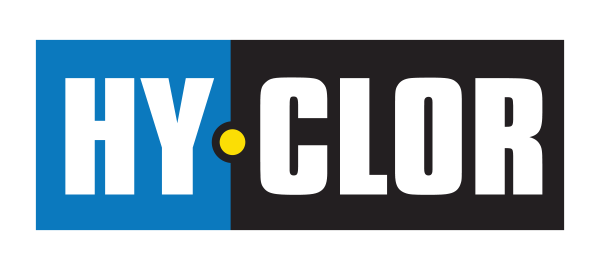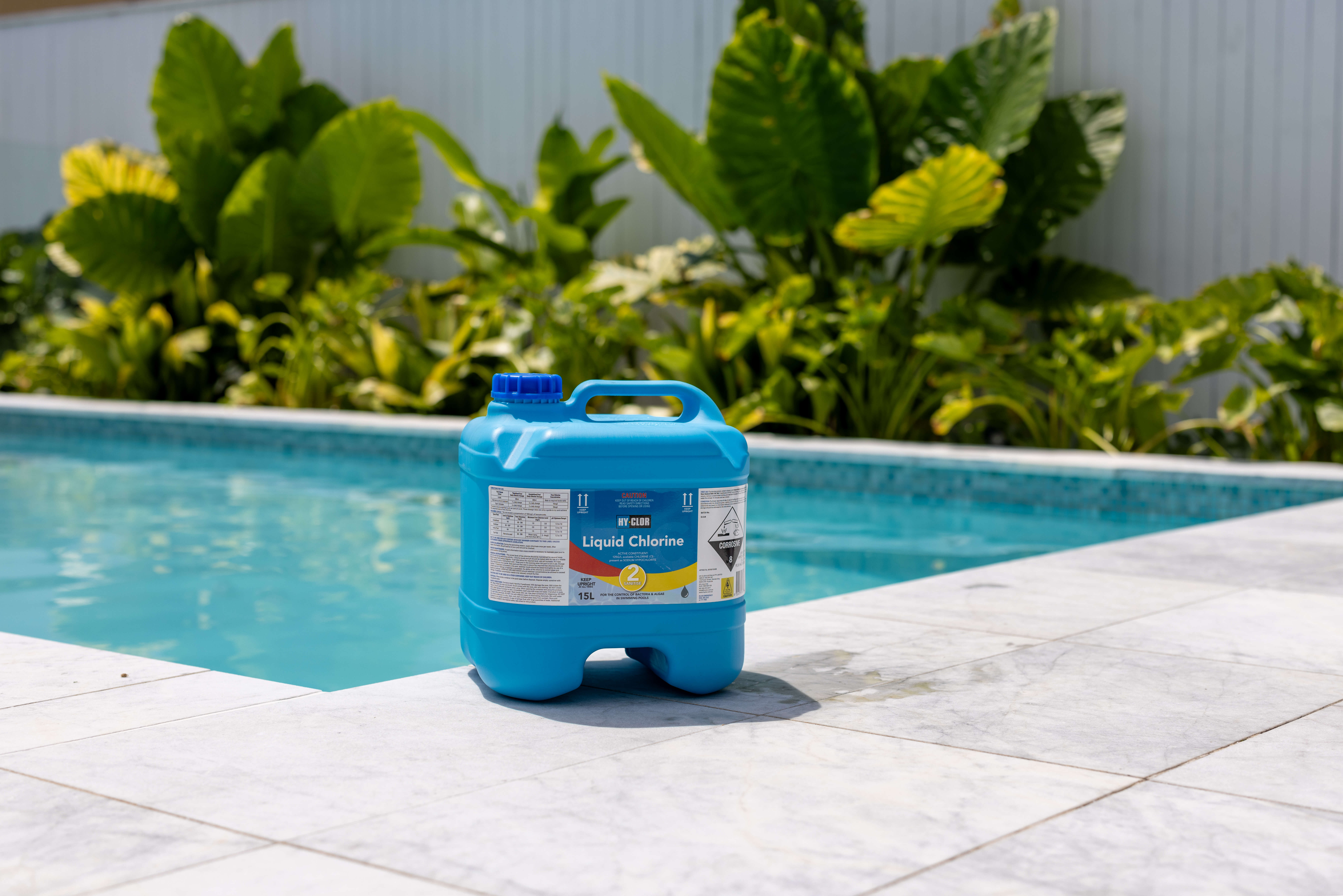What is chlorine?
Chlorine is used to routinely kill harmful bacteria and algae from your pool and prevent health related infections for its swimmers. Chlorine is one of the most important things to think about when it comes to balancing a pool.
Chlorine’s sole responsibility is to sanitise the pool water and create a fantastic experience for swimmers. Chlorine comes in many different forms such as liquid, granular and tablet form. Chlorine can also be produced by a saltwater chlorinator which uses electrolysis to turn salt into chlorine gas or Sodium Hypochlorite.
Total vs Free Chlorine?
When it comes to testing chlorine levels in the pool, there are 2 main levels we look at – free chlorine and total chlorine. There is also combined chlorine which is free chlorine (minus) total chlorine.
Free Chlorine (FAC)
This is the chlorine that is free to sanitise and kill bacteria, basically chlorine that has not been used yet. This level should be between 1-3ppm.
Total Chlorine (TAC)
This is basically the amount of ‘free’ and ‘dead’ chlorine. When free chlorine does its job it becomes dead chlorine or sometimes known as chloramines. Chloramines are what gives off that strong chlorine smell. This level should be between 1-5ppm.
Shock Treatment
Shock treatment is the process of adding large amounts of oxidising chemicals like Super-Shock to destroy chloramines. This treatment is also good for controlling algae and bacteria. It’s always best to do a shock treatment after dark.
Quick Tips:
- Make sure chlorine is unreachable for children
- Always read and follow the label’s instructions
- Store chlorine in a cool, dry place
- Never mix chlorines together
- Avoid contact to skin
So there you go, now you know what chlorine does and why you need it. If you need some extra help, do not hesitate to give us a call on 1800 625 123 for advice on what products are best suited to your pool needs.



